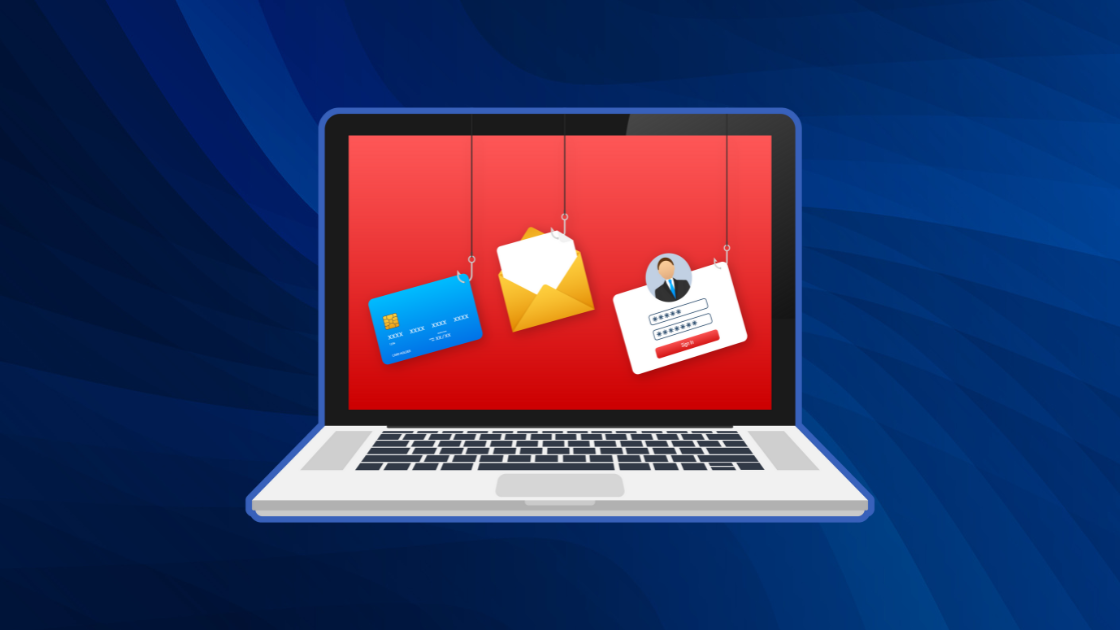In the vast digital sea where information flows freely, there are ‘phishermen’ waiting to deceive and ensnare unwary users. No, we aren’t talking about the idyllic pastime of angling for fish. Instead, we are delving into the murky world of “phishing” – a cybercrime tactic that has been hooking users for decades. In this article, we’ll unravel the concept of phishing, its various methods, and how you can safeguard yourself from being a victim.
1. What is Phishing?
Phishing is a form of cyberattack where attackers masquerade as trustworthy entities to deceive individuals into disclosing sensitive information. This can range from passwords and credit card numbers to Social Security details and other personal data.
2. A Glimpse into the Phishing Tackle Box
Phishing is not a one-size-fits-all tactic; it has evolved into multiple sophisticated techniques:
- Email Phishing: The classic method. Attackers send fraudulent emails that seem to be from reputable sources to lure victims into clicking malicious links or downloading malware-laden attachments.
- Spear Phishing: A more targeted version. Here, attackers customize their deceptive emails for a specific individual or organization, often leveraging detailed research to make their bait more compelling.
- Smishing and Vishing: Phishing via SMS (Smishing) and voice calls (Vishing). For instance, a scammer might call pretending to be from your bank, asking for sensitive details.
- Whaling: Going after the big fish. This method targets high-profile individuals, like CEOs. The aim is often to manipulate them into authorizing substantial financial transfers.
- Website Phishing: Creating counterfeit websites that mirror genuine ones. Unsuspecting users enter their credentials, which are then captured by attackers.
3. The Bait on the Hook
Phishing emails and messages often contain certain hallmarks:
- Urgency: Phrases like “Immediate action is required” or “Your account will be suspended.”
- Suspicious Links: Hovering over a link might reveal a different URL than the one displayed.
- Spelling and Grammar Mistakes: Many phishing emails have noticeable errors.
- Unusual Sender: The email may come from a slightly misspelled domain or an unexpected source.
4. The Damaging Consequences of a Successful Catch
Being ensnared by a phishing attack can result in:
- Financial Loss: Unauthorized access to banking details can lead to theft.
- Identity Theft: With personal details, cybercriminals can impersonate victims.
- Malware Infection: Some phishing attempts aim to install malware, which can then be used to exploit the victim’s device further.
- Loss of Confidential Data: For businesses, a successful phishing attack can lead to data breaches.
5. Navigating Safe Waters: How to Avoid Phishing
Protecting yourself from phishing requires vigilance and proactive measures:
- Think Before You Click: Scrutinize unexpected emails, especially those urging for immediate action.
- Check URLs: Before entering any information, ensure the website’s URL is legitimate and starts with ‘https’.
- Use Multi-Factor Authentication: An added layer of security ensures that even if passwords are compromised, your accounts remain safe.
- Stay Updated: Ensure your OS, software, and antivirus are regularly updated. Many updates patch vulnerabilities.
- Educate & Train: For businesses, regular cybersecurity training can make employees vigilant against phishing attempts.
- Backup Data: Regular backups can help in cases where malware, like ransomware, is inadvertently downloaded.
Conclusion
Phishing, with its varied techniques, remains one of the most enduring and prevalent cyber threats in the digital age. However, with awareness, education, and the right tools, individuals and organizations can navigate the digital seas without falling prey to these cyber ‘phishermen’. Remember, in the online world, it’s always better to be the skeptic than the victim. Stay safe and stay informed!

1 Comment
January 13, 2024, 2:47 pm
Right here is the right blog for anyone who wishes to find out about this topic.
You realize a whole lot its almost hard to argue with you (not that I actually will need to…HaHa).
You certainly put a new spin on a subject which has been written about for many years.
Excellent stuff, just excellent!